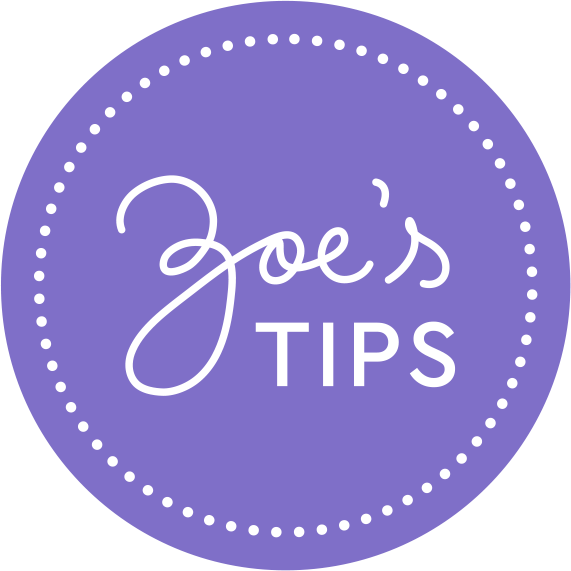What are boundaries?
On a day-to-day basis, boundaries are a set of rules that decide what is okay and what is too much in a relationship. They set expectations and guide two people's interactions along the way. Without boundaries, relationships can fail by being unbalanced, or worst-case scenario, unhealthy. Although it might sound weird to place some imaginary fences around a relationship that should be all about love and understanding, the concept of creating boundaries, though not a new one, can help salvage friendships that seem unbalanced. You can avoid being taken advantage of just when you thought everything is going alright.
This article will explain the different types of boundaries, why it's so important to say 'No' from time to time, and why setting boundaries is important in today's society. These concepts apply not only when talking with your friends but also with your family.
Types of boundaries
There are many different types of boundaries, from physical to material, spiritual to emotional. There are boundaries to set if you want your time to be respected or your cognitive needs to be met. Always remind yourself that all individuals are different, and you should respect each person in the proper way to maintain a healthy relationship.
Physical boundaries
refer to personal space and physical touch (for us, some instances that rely on touch are appropriate, but for others, they may seem inappropriate).
Cognitive boundaries
are set to respect intellectual property and values. It is imperative to express yourself freely, but it is also extremely important to be flexible in your thinking and to know how to settle differences in a polite manner.
Spiritual boundaries
are associated with religious and fundamental values, whereas emotional boundaries are things in the past that shaped our personality, be it positive or negative, and are always different from person to person.
Time boundaries
are to be set to allow an individual to have full control over their time management.
Examples of healthy and unhealthy boundaries
Healthy boundaries:
- You don't sacrifice your own values and beliefs for someone else.
- You know and feel how much to share and what information might be too much for the other person.
- You have no trouble accepting rejection.
- You know your own needs and wishes and never fail to communicate them in an assertive tone.
- 'No' and 'Stop' are words you are not afraid to use when you feel that you are losing control in a situation.
Unhealthy boundaries:
- You never ask for help, although there would be significant benefit from it.
- You constantly avoid intimacy and creating close relationships.
- You distance yourself from other people, diminishing the probability of rejection coming your way.
- Personal opinions and wishes come off as demanding, making others feel as if their opinions are wrong.
- You balance everything between doing all the things on your own and saying 'no' in a very aggressive manner.
Finding healthy boundaries
It is extremely important to identify emotions that occur when someone doesn't respect your boundaries. Those can vary, but usually, they stand between feeling suffocated, vulnerable or invisible. Take a second to contemplate why you let that person step over your boundaries, more or less consciously. It can be anything from avoiding conflict to being afraid of rejection.
These feelings can arise from trauma and need to be fought by finding your inner balance. You need to be confident and realize there is always an alternative to a problem that feels overwhelming. For example, you might realize you need more alone time to function properly, but that doesn't mean that there will be a rupture in your relationship stemming from that. Never be afraid to ask for help from a specialist if you feel overcome with emotions. Always remember that it is your right to take care of yourself! This is the first and most important task you have to fulfill throughout your life.
How to politely assert your boundaries:
When discussing boundaries with friends or family, keep an open mind. Opinions may differ, but you need to reach a middle ground while staying in touch with your emotions.
Be direct and assertive when communicating your boundaries so people pay attention to you. For example, "I didn't like how you talked to me last night. I would appreciate it if you could use a calmer tone next time" or "It would make me very happy if you could attend my graduation." Keep it short, polite, and clear to get your message across successfully.
Learning to say 'no':
One of the most important lessons in life is learning to say 'no' - prioritizing your needs over other people's. Saying 'no' should not feel like a burden, disappointment, or betrayal. A good friend will understand and respect your decisions.
There are polite ways to say 'no' without damaging friendships. For example, suggest an alternative way to help that won't take up much time, express interest in helping in the future, or apologize and explain why you can't help. The most important thing is to respond promptly, as postponing or not responding can give the impression that you don't care about your friend or their needs.
Note to self:
Friends and family who truly care about your well-being will respect your boundaries. If someone doesn't respect your boundaries, consider limiting your interactions with them until they can communicate maturely again. Always have respect for yourself so that others will respect you too.
